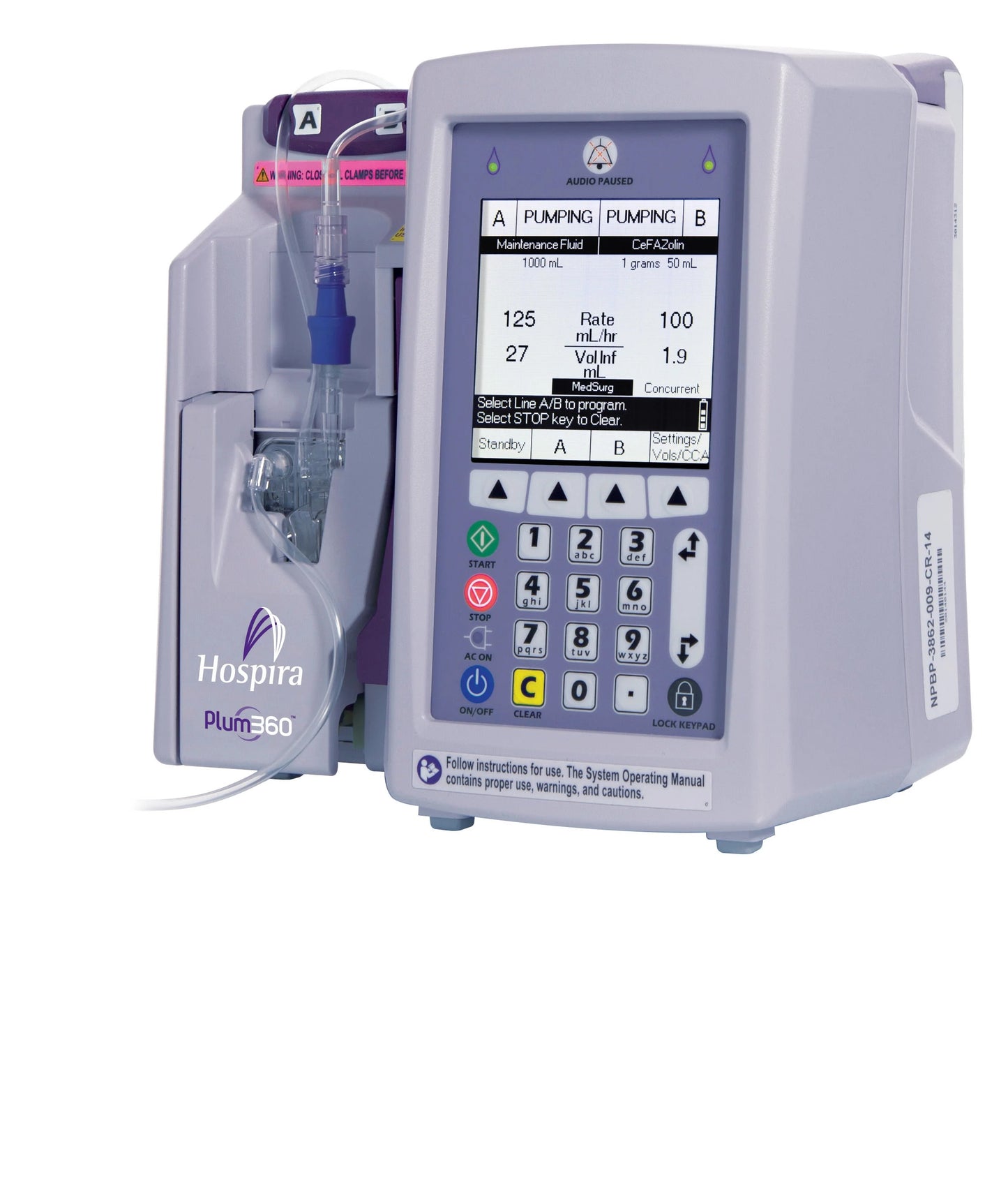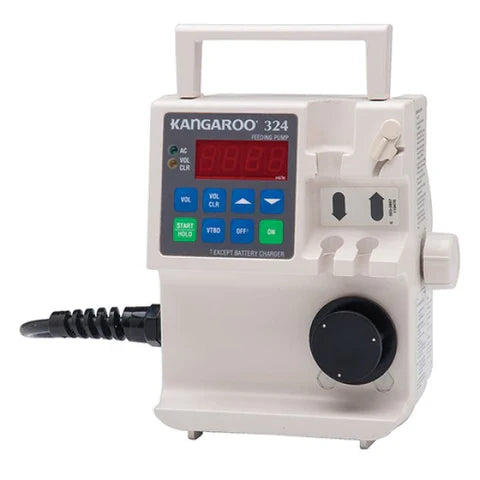
Infusion pumps are critical medical devices used to deliver fluids, including medications, nutrients, and other therapeutic agents, directly into a patient's circulatory system. Ensuring that these pumps are functioning properly is essential for patient safety and effective treatment. Regular testing and maintenance are crucial to identify and prevent potential issues that could compromise the pump's performance. This article provides a comprehensive guide on how to test and make sure an infusion pump is working properly.
Importance of Proper Testing and Maintenance
Proper testing and maintenance of infusion pumps serve several important purposes:
- Patient Safety: Malfunctioning pumps can lead to over-infusion or under-infusion of fluids or medications, which can result in adverse patient outcomes.
- Treatment Efficacy: Accurate delivery of medications and fluids is essential for the effectiveness of medical treatments.
- Compliance: Healthcare facilities are required to adhere to regulatory standards and manufacturer recommendations for device testing and maintenance.
Preparing for Testing
Before conducting any tests, it's essential to:
- Read the Manual: Always refer to the manufacturer's guidelines and instructions for testing and maintenance procedures specific to your infusion pump model.
- Inspect the Pump: Visually inspect the pump for any visible damage, loose connections, or signs of wear and tear.
- Check the Power Source: Ensure that the pump is properly connected to a reliable power source and that the battery is fully charged, if applicable.
Functional Testing
Power-Up Test
- Turn On the Pump: Power up the infusion pump and observe its startup sequence for any error messages or unusual sounds.
- Check Display: Verify that the display screen is functioning correctly and displaying the necessary information clearly.
Flow Rate Accuracy Test
- Prime the Pump: Fill the infusion set and prime the pump according to the manufacturer's instructions.
- Set Flow Rate: Program the pump to deliver a specific flow rate.
- Measure Fluid Output: Collect the fluid delivered by the pump over a predetermined time period and compare it to the programmed flow rate to ensure accuracy.
Occlusion Alarm Test
- Create an Occlusion: Apply pressure to the infusion set or clamp the tubing to simulate an occlusion.
- Observe Alarm: Monitor the pump's response and ensure that the occlusion alarm is activated promptly.
Battery Backup Test
- Disconnect Power Source: Simulate a power outage by disconnecting the pump from the main power source.
- Check Battery Operation: Verify that the pump switches to battery power and continues to function as expected.
Preventive Maintenance
Regular preventive maintenance is essential to keep infusion pumps in optimal condition. This includes:
- Cleaning and Disinfection: Follow the manufacturer's guidelines for cleaning and disinfecting the pump regularly to prevent contamination and ensure proper functioning.
- Calibration: Periodically calibrate the pump to maintain accurate flow rates and performance.
- Software Updates: Keep the pump's software up-to-date by installing any available updates provided by the manufacturer.
Documentation and Record-Keeping
Maintaining detailed records of all tests, maintenance activities, and any issues encountered is crucial for:
- Tracking Performance: Monitor the pump's performance over time and identify any recurring issues or trends.
- Compliance Audits: Demonstrate compliance with regulatory standards and manufacturer recommendations during inspections and audits.




